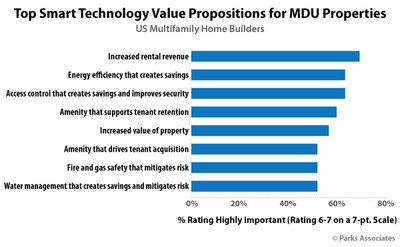Investigating the Effect of Network Protocols on Enhancing Web Connectivity in Multi-Unit Units
Investigating the Effect of Network Protocols on Enhancing Web Connectivity in Multi-Unit Units
Blog Article
Network standards serve a vital role in improving web connectivity, particularly in multi-unit units (MDUs) like flat buildings and condominiums. These specifications define how information is transmitted over systems, ensuring that equipment can communicate efficiently. As an increasing number of people rely on the web for work, education, and entertainment, having a dependable and high-speed link in MDUs has become progressively essential. By comprehending networking standards, property administrators and residents can make knowledgeable decisions about their web services, resulting to better access for everyone.
One of the primary Ethernet specifications is IEEE 802.3, which outlines the requirements for cabled Ethernet connections. This specification has developed over the decades, introducing faster rates and improved performance. For instance, the initial Ethernet specification offered rates of 10 Mbps per sec, while more recent versions, such as Gigabit Ethernet, can offer speeds of up to 1,000 Mbps. In MDUs, where numerous tenants share the same web link, having a rapid Ethernet network can significantly improve the total user experience. Quicker rates mean faster downloads, smoother broadcasting, and greater visual calls, which are essential for off-site employment and virtual learning.
Another important aspect ethernet for luxury apartments of Ethernet protocols is the implementation of structured cabling systems. These structures organize and coordinate the system cables that connect devices within a structure. By adhering to the principles set by Ethernet standards, MDUs can ensure that their cabling is effective and efficient. This organization helps reduce signal disruption and enhances information transmission quality. Additionally, structured cabling enables for easier improvements and servicing, making it simpler for property administrators to adapt to changing technology requirements. As web utilization persists to increase, having a well-structured cabling infrastructure becomes vital for ensuring high-quality access.
Power over Ethernet (PoE) is another important development in Ethernet tech that benefits MDUs. PoE enables system cables to carry electrical electricity along with information, removing the need for separate power sources for devices like security monitors, Wi-Fi connectivity nodes, and VoIP phones. This feature simplifies setup and minimizes clutter, allowing it simpler to set up a complete system in multi-unit buildings. By utilizing PoE, property administrators can improve security and improve internet access throughout the building without the added expense of extra power work.
In summary, Ethernet protocols have a profound effect on internet access in multi-unit buildings. By providing faster rates, organized cabling, and advanced features like Power over Ethernet, these protocols assist create a dependable and effective network for residents. As technology continues to progress, remaining informed about Ethernet standards will be crucial for building administrators and tenants alike. By putting resources in the right infrastructure, MDUs can guarantee that all residents enjoy a smooth internet interaction, making their homes more connected and accessible.